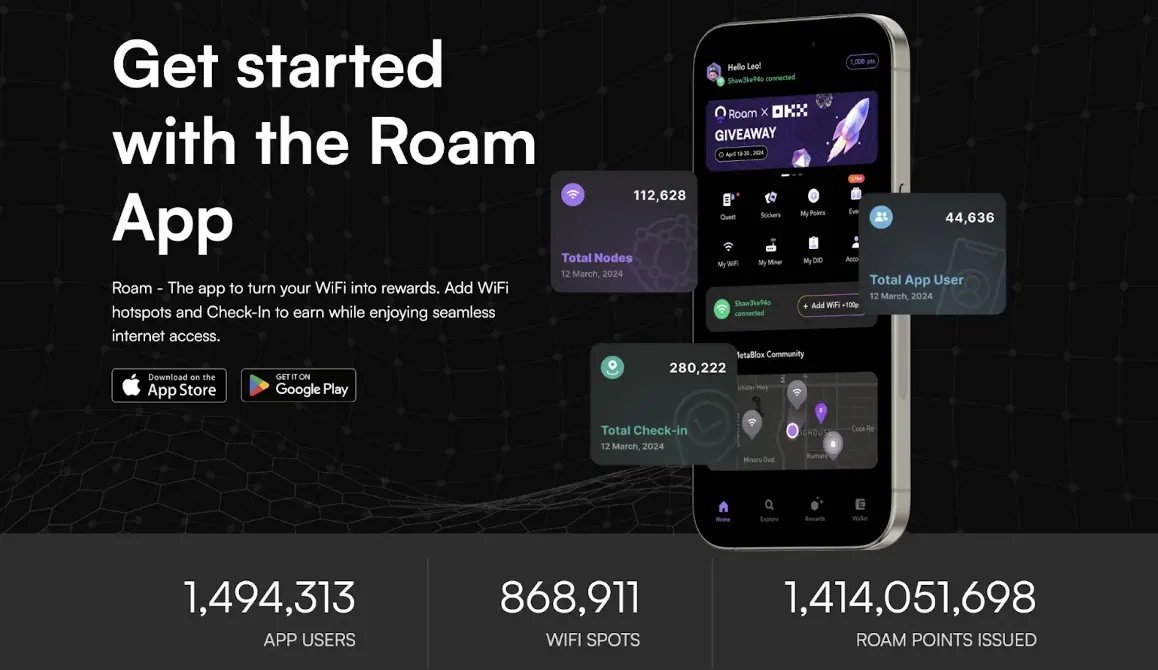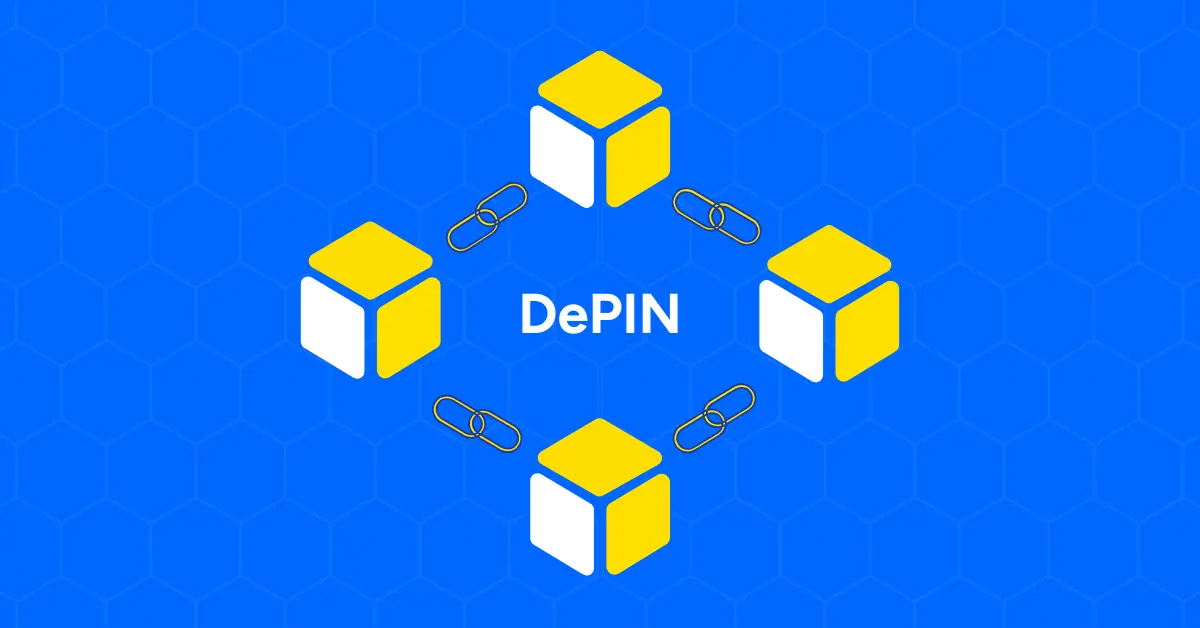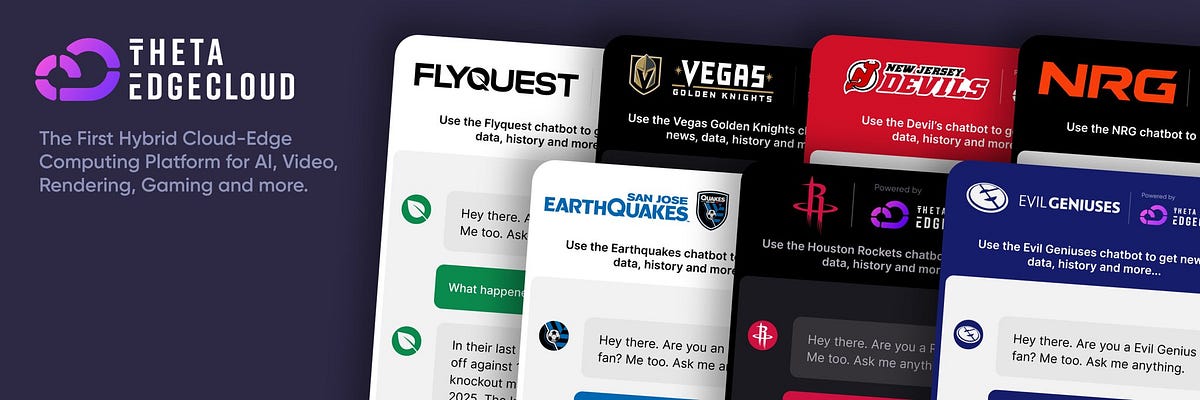Roam: Empowering Digital Nomads with Seamless Connectivity

In the post-pandemic world, the rise of digital nomadism has become increasingly prevalent, particularly among remote workers. This lifestyle allows individuals to travel freely while maintaining their professional commitments, with locations like Aruba and Cape Verde becoming popular choices. The demand for reliable internet connectivity is paramount for these nomads, and the Roam network is emerging as a leading solution. By providing a global wireless network, Roam aims to facilitate seamless connectivity for users regardless of their location, thus enhancing the digital nomad experience.
The challenges associated with traditional public WiFi networks, such as cumbersome login processes and security vulnerabilities, have prompted the development of OpenRoaming™ technology. This initiative, spearheaded by the Wireless Broadband Alliance, aims to create a secure and user-friendly WiFi experience. OpenRoaming™ allows users to connect to various WiFi networks without repeated authentication, ensuring encrypted data transmission. Despite the growing number of OpenRoaming™ nodes, which currently stands at over 4 million, it still represents a small fraction of the global public WiFi landscape, indicating significant room for growth.
Roam is uniquely positioned within the OpenRoaming™ alliance as a Web3 IDP project, integrating decentralized identity technology to enhance network access for users and small businesses. With innovative solutions like the Rainier MAX60 router and Roam eSIM, the platform is rapidly expanding its user base, which has surpassed 1.5 million. Roam’s community-driven approach and diverse incentive models, including Roam Points and governance tokens, are designed to foster user engagement and support the growth of the OpenRoaming™ network. As Roam continues to bridge Web2 and Web3 technologies, it is set to play a pivotal role in transforming the telecommunications landscape and enhancing connectivity for digital nomads worldwide.
Related News





